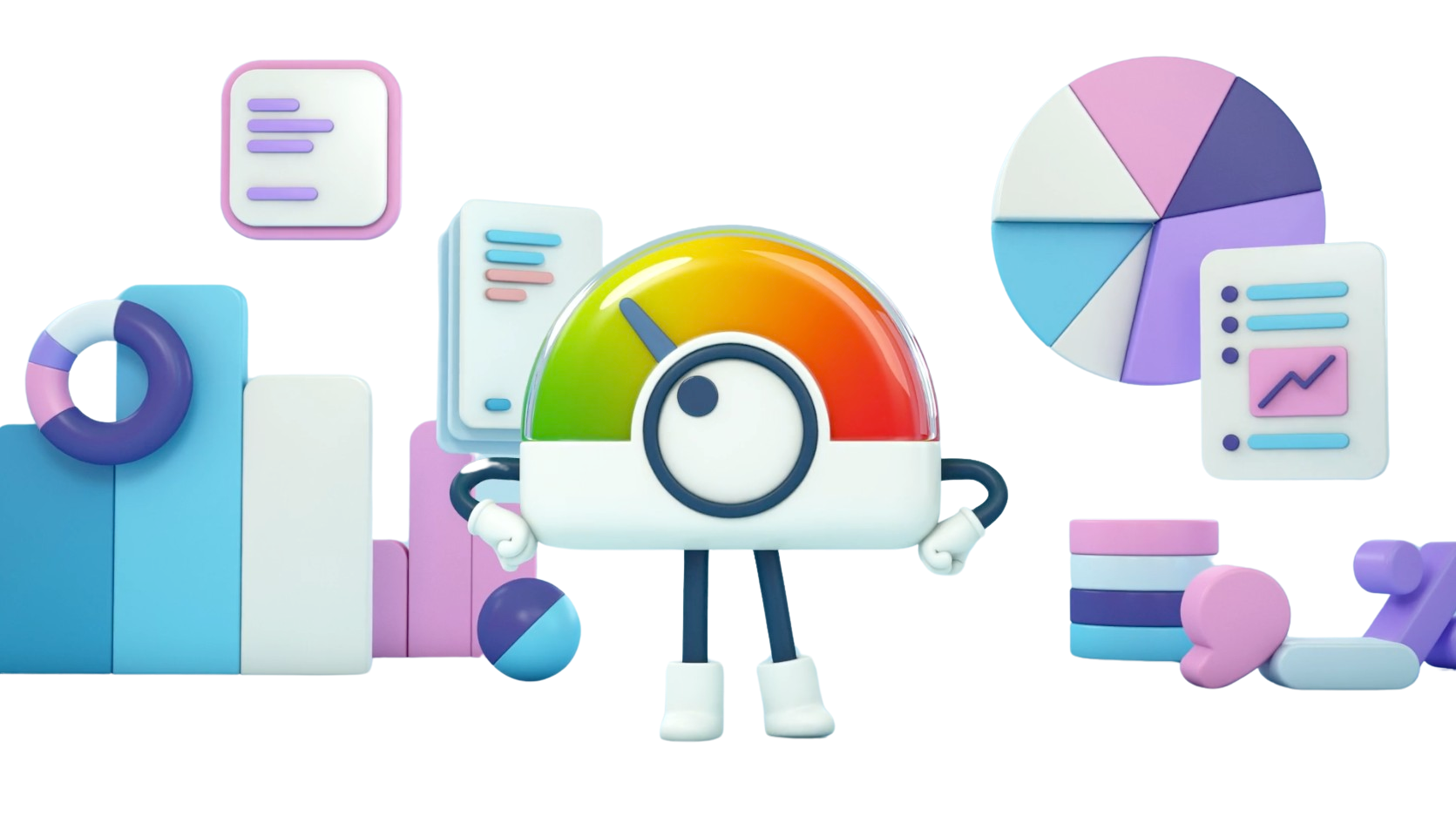A Guide to Making Sense of the Numbers
When the energy bill lands on your doorstep (or inbox), it can be overwhelming to decipher the charges and numbers. With energy prices rising and more people looking to reduce their bills, it’s important to understand exactly what you’re paying for and how you can manage those costs.
Your energy bill includes several key pieces of information that break down how much you’re being charged and why. Here’s a guide to the most important sections:
Your bill starts with details on your energy usage based on either actual readings from your energy meter or estimated readings if a reading wasn’t taken. It’s crucial to provide regular meter readings to ensure you’re billed accurately. Otherwise, you could be paying for more energy than you’ve actually used.
This section shows how much energy you’ve used in kilowatt-hours (kWh) over a certain period (usually monthly or quarterly). A kWh is a measure of energy use—if you run a 1000-watt appliance for an hour, that’s 1 kWh. The bill will outline your usage for both electricity and gas if applicable.
Beyond the energy you use, there’s a standing charge, which is a daily fee for maintaining your energy supply. This covers costs for delivering energy to your home, maintaining infrastructure, and managing your account. While the standing charge may seem small, it adds up over the billing period.
Energy bills include a 5% VAT charge in the UK. If your bill seems higher than expected, double-check whether additional fees, such as late payment charges or exit fees for switching suppliers, have been added.
Your bill will indicate the total amount due and any payment details, such as your current balance and any remaining credit from previous payments. If you pay by direct debit, the bill will show how much you’ve paid versus your actual energy use. If there’s a significant gap, you might be due a refund—or owe extra.
In recent years, energy prices have fluctuated dramatically. Several factors contribute to these increases:
Here are some steps to better manage and potentially reduce your energy costs:
Understanding your energy bill empowers you to take control of your energy use and costs. By knowing what each section of the bill represents, you can spot any errors, make informed decisions about your tariff, and find ways to cut down on unnecessary charges. At ismybillfair, we help you compare what you’re paying with others to ensure you’re getting a fair deal. If your energy bill feels too high, it might be time to explore your options!


